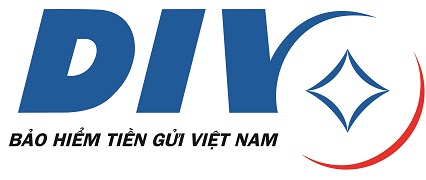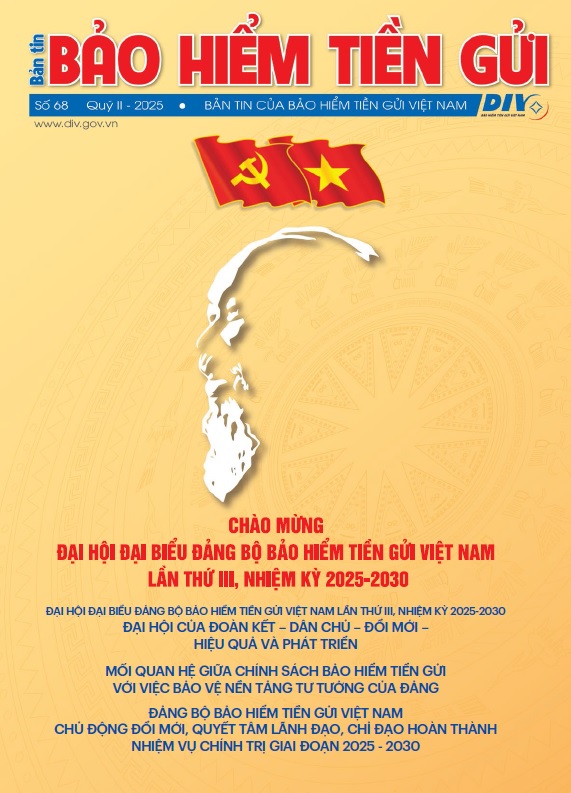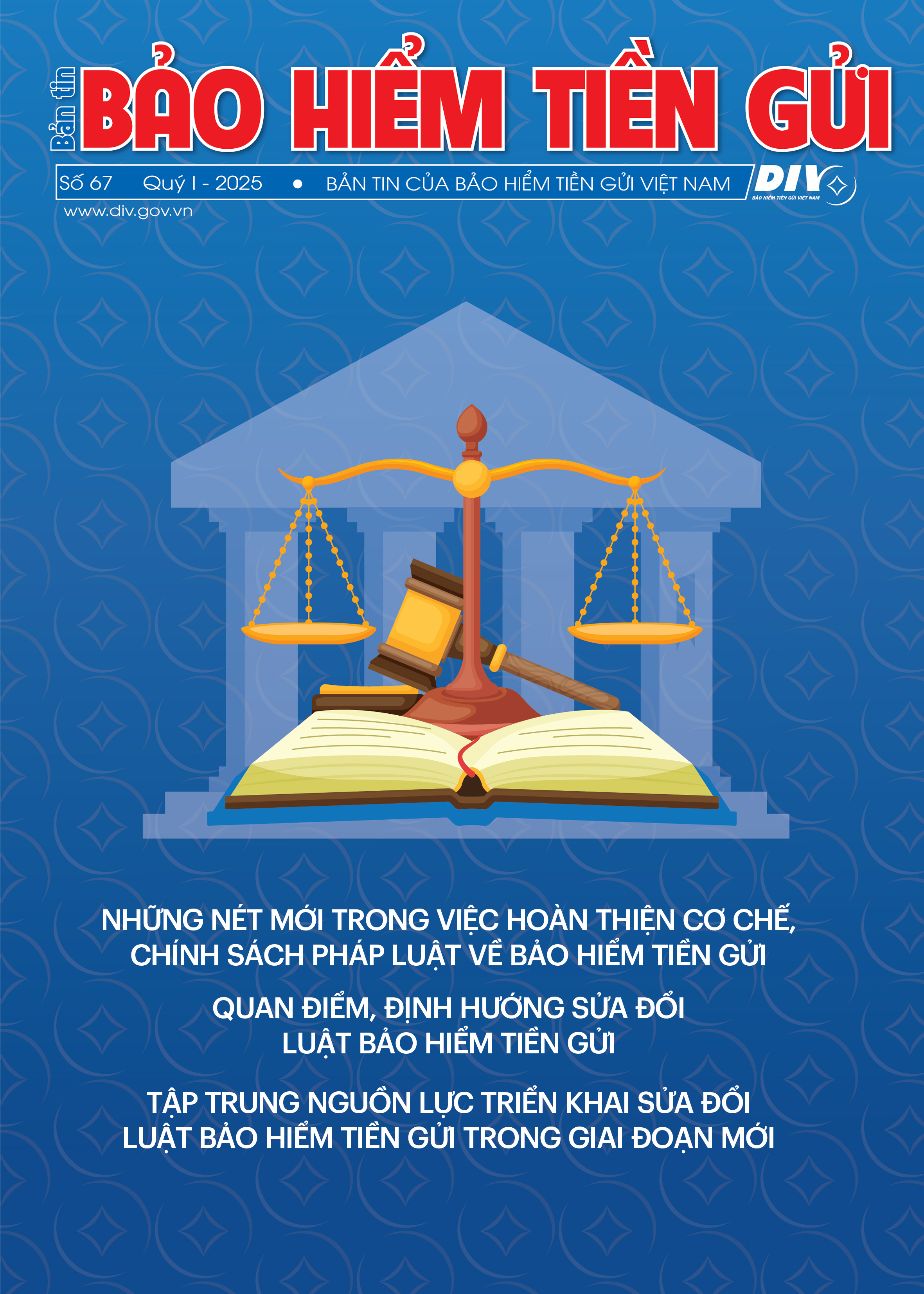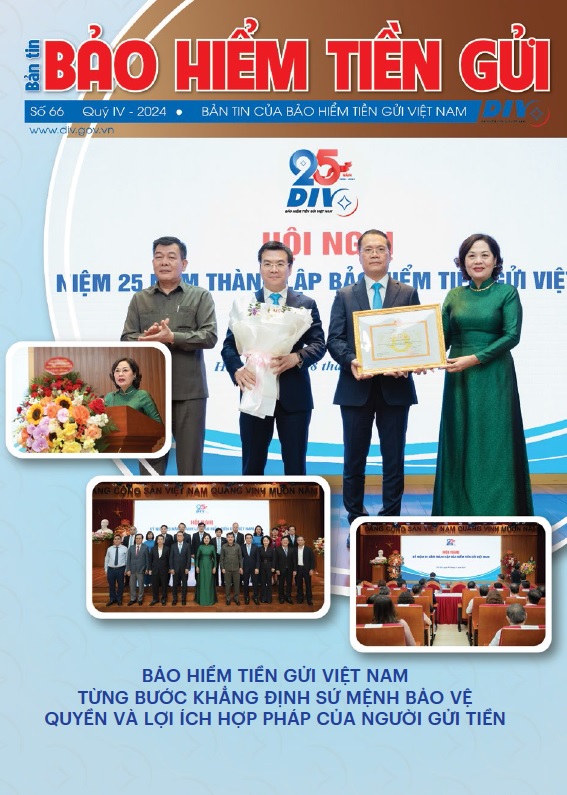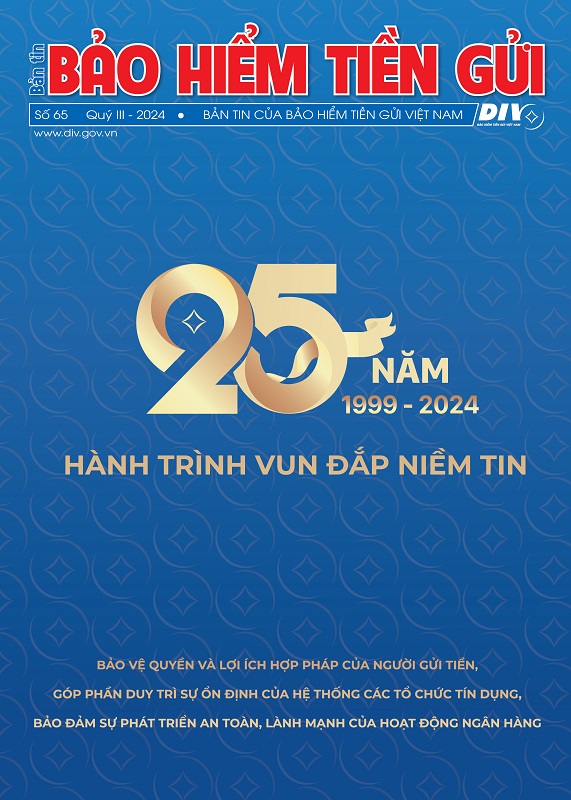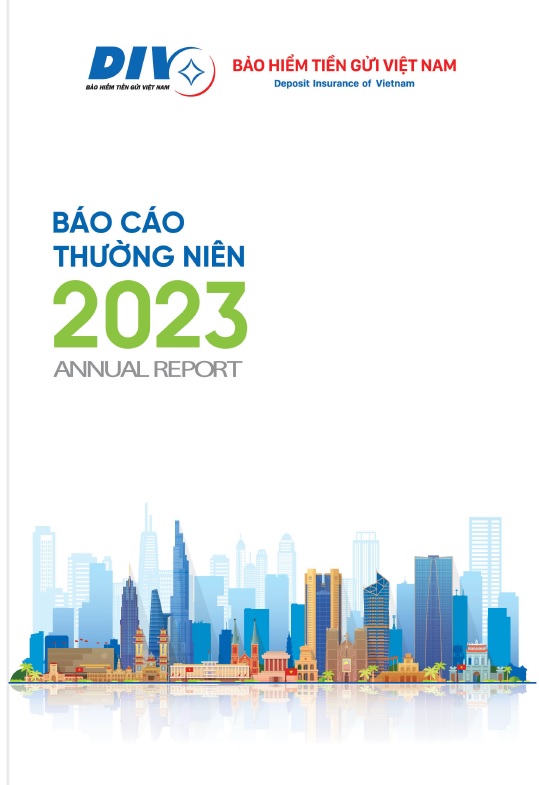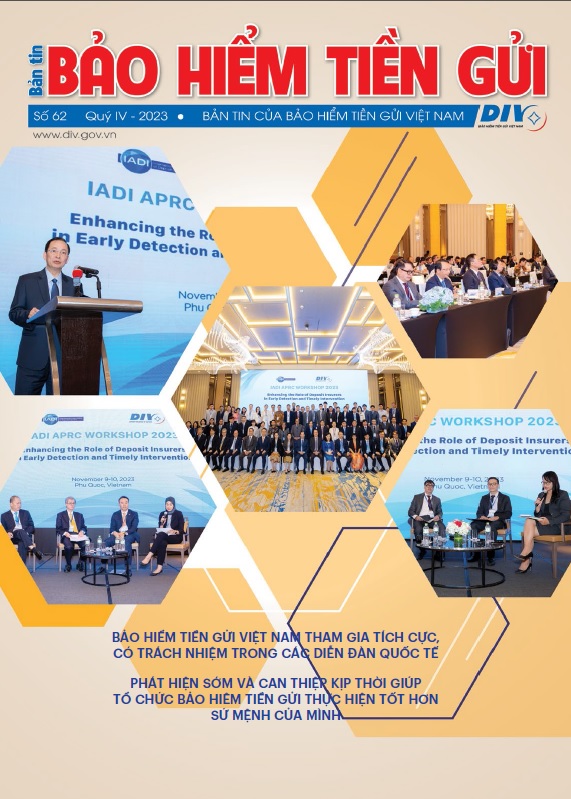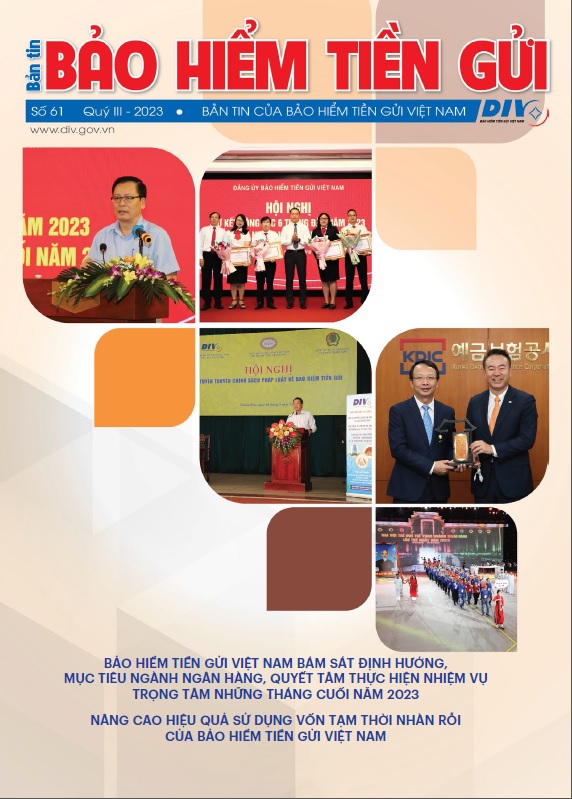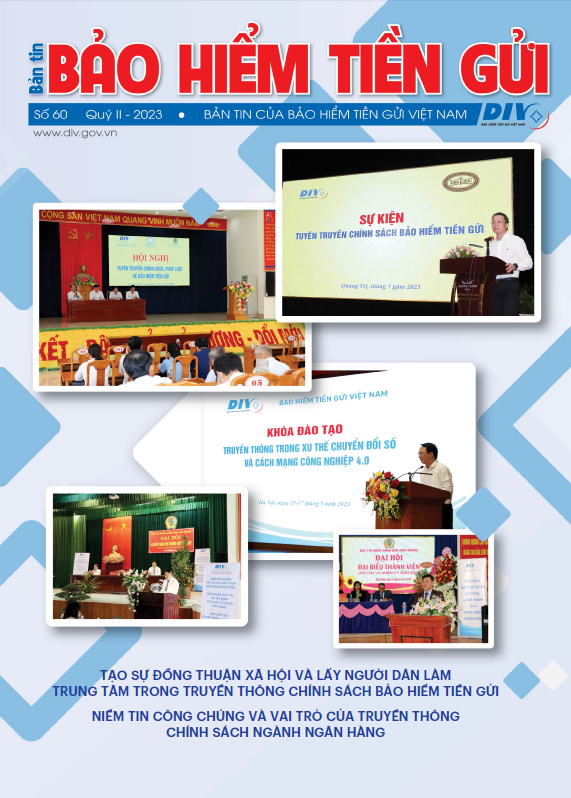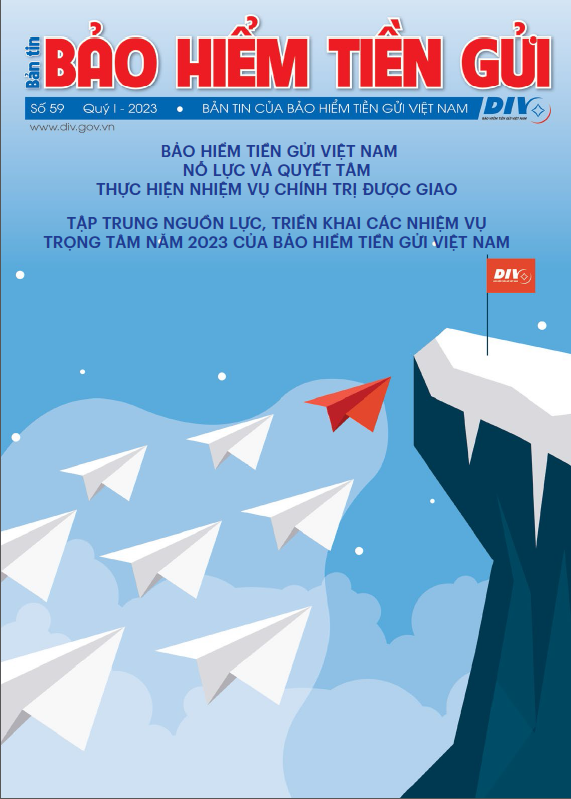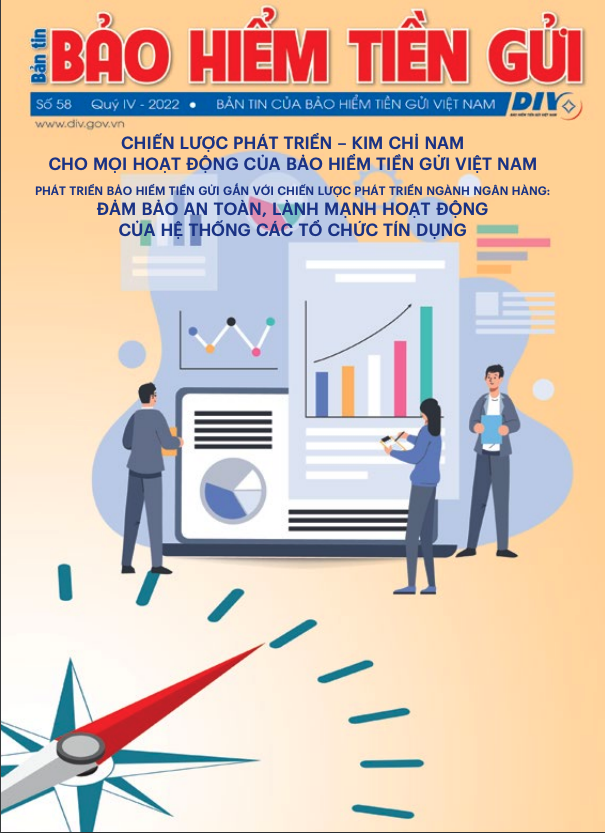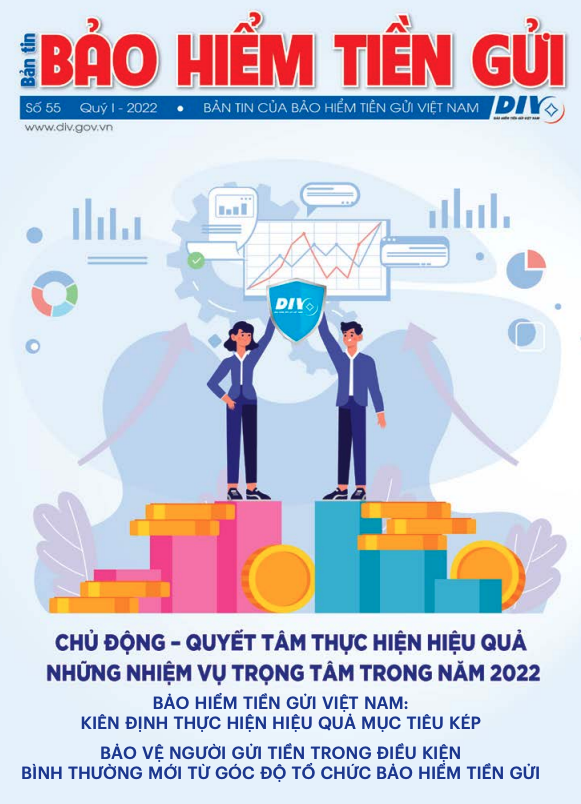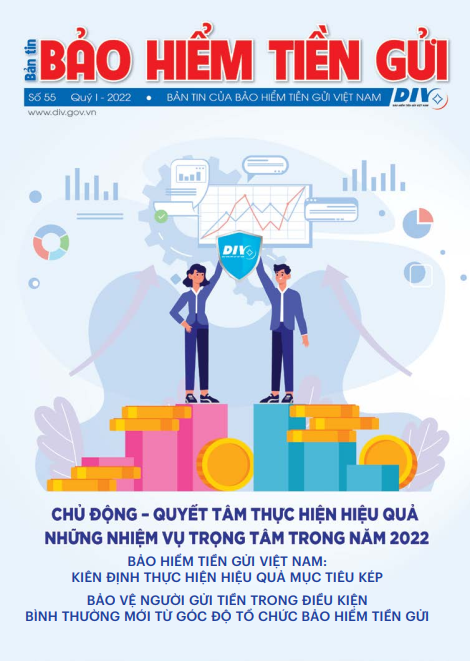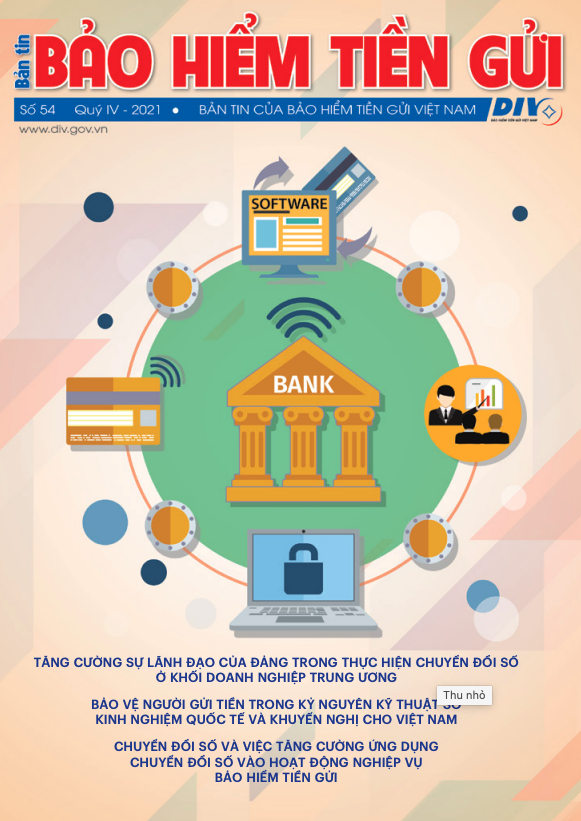Green bank – green credit development in Vietnam
In a broad sense, green banking means that a bank has built a sustainable business strategy, reflected in the provision of banking services that satisfy the criteria for ensuring environmental and social responsibility. The concept of green credit is understood as credits supported by the banking industry for production and business projects that do not pose risks on or protect the environment, contributing to the protection of the general ecology.
The definition of a green bank in a broad sense is consistent with the development orientation of green banks in Vietnam in Decision No. 1604/QD-NHNN dated August 7, 2018, of the State Bank of Vietnam (SBV) on approval of the Green banking development project in Vietnam. structured, the main objective is to increase awareness and social responsibility of the banking system for environmental protection and climate change; step by step to green banking activities, to direct credit capital flows to finance environmentally friendly projects, to promote green production, service and consumption industries, clean energy and renewable energy; to actively contribute to promoting green growth and sustainable development.
Besides, green banking activities broadly include: saving paper used by banks and customers; apply online banking; reduce the number of branches and offices; applying environmental standards when approving loans or granting preferential credits for CO2 reduction projects, renewable energy projects, etc. Green banking is about making internal banking processes, infrastructure and information technology effective for the environment by minimizing its negative impact on the environment.
However, the regulations issued so far are only encouraging the development of green banks through the enhancement of green capital sources and green capital mobilization tools; they have not paid much attention to policies on green investment or the establishment of green financial intermediaries, development of indirect green capital channels. Regulations on green banking - green credit are directional, lacking specific regulations and not including responsibilities and interests of related parties such as Banking Supervision Agency, Deposit Insurance of Vietnam, etc.; have not mentioned the standards/conditions on green people's credit funds/green micro-organizations, etc.
Banking activities to a certain extent have also been contributing directly or indirectly to the global warming situation, typically including travel by plane, car, office building surrounded by concrete and glass, air- conditioning system, using office machines, etc. Therefore, the bank's resources control should be tighter and criteria to mitigate the warming effect on the environment needs to be promptly implemented.
Green banking – green credit sets requirements for financial and business policies that do not cause harm to the environment and actively contribute to environmental protection. Green bank - green credit is recognized as a credit institution that is ethical, responsible for the environment and society, and is a credit institution for sustainable development.
Deposit insurance and "greening" banking activities
The promotion of green banking, as well as the development of green credit for sustainable growth, is a long-term process that requires a considerable investment of time and resources and requires the synchronous coordination of many organizations, including public institutions, deposit insurance and related parties.
Towards the model of a "green deposit insurance" organization, which has a vast influence on many areas of life and ensures sustainable development of all three economic - environmental - social factors, it is necessary for the DIV to provide the following benefits:
- Building online deposit insurance services;
- Reimburse deposit insurance by online means to save human resources and resources;
- As an organization with the functions of examining, supervising, and contributing to risk management in banking activities, the DIV may proactively propose and implement relevant policies to popularize and enhance the efficiency of green banking - green credit, to promote the supervision of the "green" of the insured institutions; proposes to include green criteria (environmental impact, project sustainability, community impact, and green project effectiveness, etc.) of public institutions into the set of performance evaluation criteria and credit of the bank;
For the DIV to achieve the goal of sustainable development, thereby effectively contributing to the process of "greening" financial and banking activities, it is necessary to take more practical actions, specifically:
Firstly, actively researching and referring to the SBV and related parties to develop a system of documents and regulations to improve the efficiency of green banking and green credit.
Secondly, actively organizing and participating in the sector training courses to popularize knowledge on topics: green growth, green banking, and green credit, thereby contributing to improving the banking system's capacity in the process of "greening" the industry.
Thirdly, promoting modern informatics equipment to be able to apply foundational technologies such as the Internet of Things (IoT); artificial intelligence (AI); cloud computing; big data; blockchain, etc.; implementing an electronic communication system to ensure smooth remote working throughout the deposit insurance system to more effectively serve deposit insurance operations such as on-site examination, off-site supervision, and information aggregation to predict possible risks in the financial - banking system early. At the same time, the DIV needs to monitor the development of fintech to promptly propose appropriate deposit insurance policies when the development of fintech may affect deposit insurances through many direct and indirect channels, such as investigating the payment system and the role of traditional deposits.
Fourthly, strengthen the communication on the activities of the DIV to show its contribution to the promotion of green growth, green banking and green credit. In fact, over the past time, the DIV has implemented several programs such as: building a green working corner - launching an emulation to save electricity and stationery, reducing public assets such as water and toilet paper, and creating clean and beautiful green working space ; exchanging old paper, books, and newspapers for green trees to reuse paper; building a green office/building because each employee's smile brings a trusted, friendly image of DIV, etc.
References:
- Directive No. 03/CT-NHNN 2015 on promoting green credit growth and managing environmental and social risks in credit granting activities.
- Greenbank Report (2010), “The basics of green banking”, (http://greenbankreport.com/green-bank-report/the-basics-of-green -banking)
- Greenbank Report (2010), “What is green bank?”, (http://greenbankreport.com /eco-friendly-banking/what-is-green-banking )
- IDRBT (2013), Green Banking, (https://www.idrbt.ac.in/assets/publications/Best%20Practices/Green%20Banking%20Framework%20 (2013).pdf)
